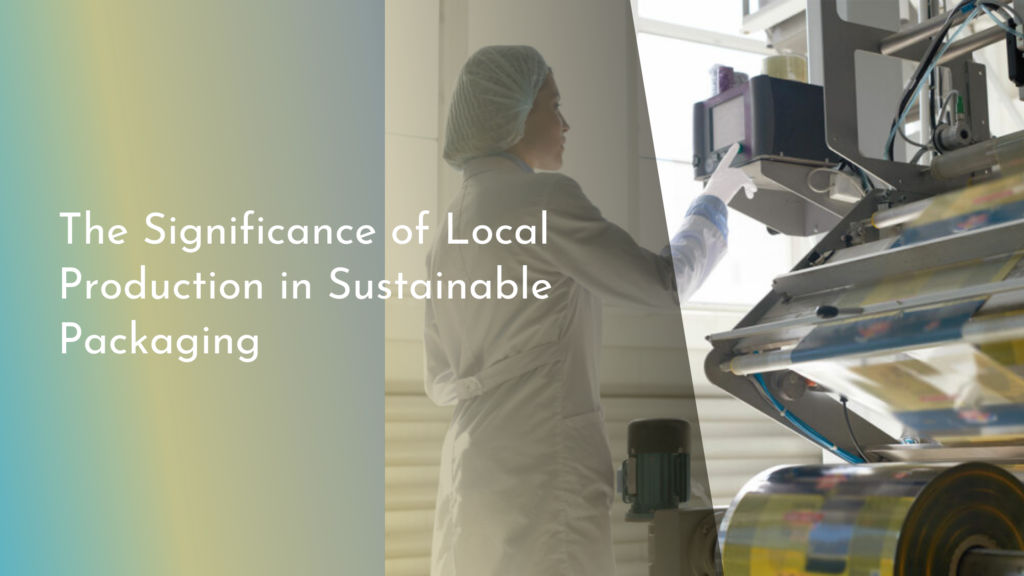Incorporating Geoengineering into Urban Design
As cities across the globe face the mounting challenges of climate change, urbanization, and environmental degradation, innovative solutions are becoming essential to ensure a sustainable future. One promising avenue is geoengineering, a field that encompasses various technological interventions aimed at modifying the Earth’s environment. By incorporating geoengineering techniques into urban design, cities can enhance their resilience while creating greener, healthier, and more livable spaces for their residents. This article explores the exciting potential of geoengineering in urban design, highlighting its ability to harmonize nature and technology for a brighter future.
Embracing Geoengineering: A Bright Future for Cities
Geoengineering offers a transformative approach to urban design, allowing cities to proactively address environmental challenges. The integration of geoengineering techniques can lead to more sustainable urban landscapes, where the effects of climate change are mitigated through innovative solutions. By leveraging technology to enhance urban environments, cities can not only reduce their carbon footprints but also improve the quality of life for their inhabitants. The vision of cities that actively engage with their natural surroundings is becoming increasingly attainable through geoengineering.
Moreover, the potential benefits of geoengineering extend beyond environmental sustainability. Cities that embrace geoengineering can boost their economies by creating new jobs in the green technology sector, enhancing infrastructure, and attracting investment. The adoption of geoengineering practices can also lead to healthier communities, as the integration of nature into urban settings can promote physical activity, improve mental well-being, and reduce heat island effects. With a cheerful outlook, urban planners and policymakers are recognizing that geoengineering can play a pivotal role in designing cities that thrive harmoniously with nature.
Innovative Urban Design: Merging Nature and Technology
The fusion of nature and technology is at the heart of innovative urban design, and geoengineering serves as a catalyst for this transformation. Green roofs, urban forests, and permeable pavements are just a few examples of geoengineering techniques that can enhance urban infrastructure while improving biodiversity. By incorporating these natural elements into cityscapes, we can create environments that foster ecological balance and support various forms of life. This synergy not only beautifies urban areas but also helps mitigate environmental issues such as air pollution and stormwater runoff.
Additionally, advancements in technology, such as smart sensors and data analytics, allow cities to monitor and manage their environments in real-time. This integration of technology enables urban planners to make informed decisions that optimize resource allocation and improve city operations. For instance, the use of sensors can help maintain green spaces more efficiently and monitor air quality, leading to healthier urban environments. The possibilities for merging nature and technology are endless, inspiring cities to innovate and adapt to the challenges of a changing world.
Sustainable Solutions: Geoengineering for Urban Resilience
As cities grow and evolve, the importance of sustainability becomes paramount. Geoengineering offers sustainable solutions that enhance urban resilience against climate-related threats such as flooding, heatwaves, and air quality issues. For instance, the implementation of reflective materials in urban design can help reduce heat absorption, while green infrastructure like bioswales and rain gardens can manage stormwater effectively. By employing these geoengineering strategies, cities can better withstand environmental stresses and adapt to changing conditions.
Furthermore, geoengineering promotes the use of renewable energy sources and energy-efficient technologies in urban design. Innovations such as solar panels integrated into building designs and wind turbines placed in urban areas can significantly reduce reliance on fossil fuels. The combination of these sustainable practices not only ensures a cleaner energy future but also helps cities meet their climate goals. By making thoughtful investments in geoengineering solutions, urban areas can build resilience and prepare for the uncertainties of tomorrow.
Creating Greener Cities: The Role of Geoengineering Today
The call for greener cities has never been more urgent, and geoengineering is stepping up to meet this challenge head-on. Today, many cities are implementing geoengineering projects aimed at increasing greenery through urban afforestation and vertical gardens. These initiatives not only enhance the aesthetic appeal of urban areas but also contribute to improved air quality and increased urban biodiversity. Encouraging nature to thrive within our cities is a crucial step towards creating environments that are not only livable but also sustainable.
In addition to enhancing urban greenery, geoengineering plays a vital role in shaping the way cities manage waste and resources. Techniques such as waste-to-energy systems and resource recovery have the potential to transform urban waste into valuable resources, reducing landfill use and promoting circular economies. As cities continue to embrace geoengineering, we move closer to a future where urban living coexists harmoniously with nature, creating spaces that inspire community engagement and environmental stewardship.
Incorporating geoengineering into urban design is not just a trend; it represents a pivotal moment in the evolution of our cities. By embracing these innovative solutions, cities can enhance their resilience, promote sustainability, and create vibrant spaces that benefit both people and the planet. As we move forward, the integration of geoengineering techniques will continue to pave the way for greener, smarter, and more prosperous urban environments. With a cheerful and optimistic outlook, we can envision a future where our cities thrive in harmony with nature, setting a precedent for generations to come.

